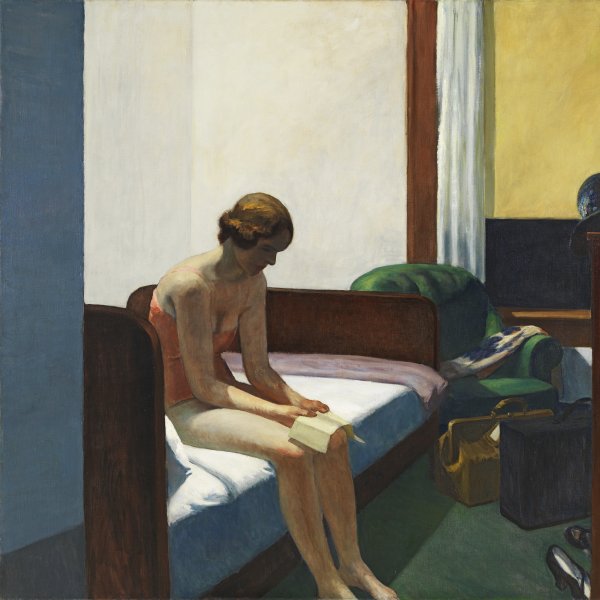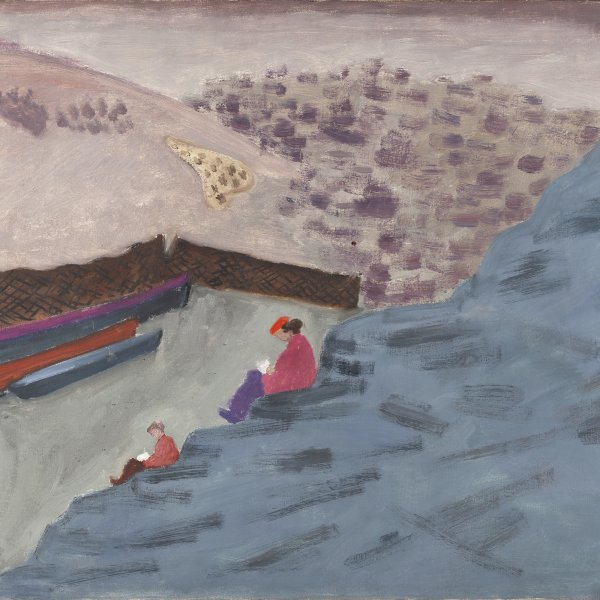Dead Tree and Side of Lombard House
From 1930 onwards, when Hopper and his wife Jo began to spend their summers in South Truro, a village in Cape Cod, the local houses, lighthouses and luminous landscapes became a recurring theme in the artist’s paintings and watercolours. Dead Tree and Side of Lombard House, one of the multiple watercolours Hopper produced during his second summer there, shows a characteristic house in the area. It is the home of his friend Frank Lombard, which is also featured in a watercolour executed that summer from a different perspective. In the work in the Museo Thyssen-Bornemisza it is portrayed from the side in the shade, and the formalist treatment of the yellowish sandy earth and the geometry of the construction give the scene a certain abstract air. In his “Notes on Painting, ” the artist spoke of “the simplifications that I have attempted” in connection with works such as the present painting.
What makes this watercolour original and sets it apart from others on similar themes is the dead tree to the left of the building. Silhouetted against the luminous sky, its dark, twisted branches contrast with the straight, white mast in the centre of the composition. This image, unusual in the height of summer, infuses the atmosphere with an air of desolation and evidences Hopper’s skill at producing a work that is strange in appearance and content to illustrate such a simple, everyday theme. The presence of dead trees in earlier and later watercolours has generally been interpreted as a sign of the painter’s existential pessimism. Whatever the case, its skeleton adds a melancholy note to the solitary house and the silence of the place, a silence that can almost be heard when viewing this work.
Paloma Alarcó








